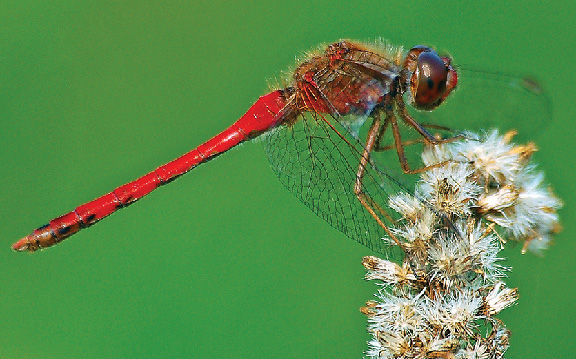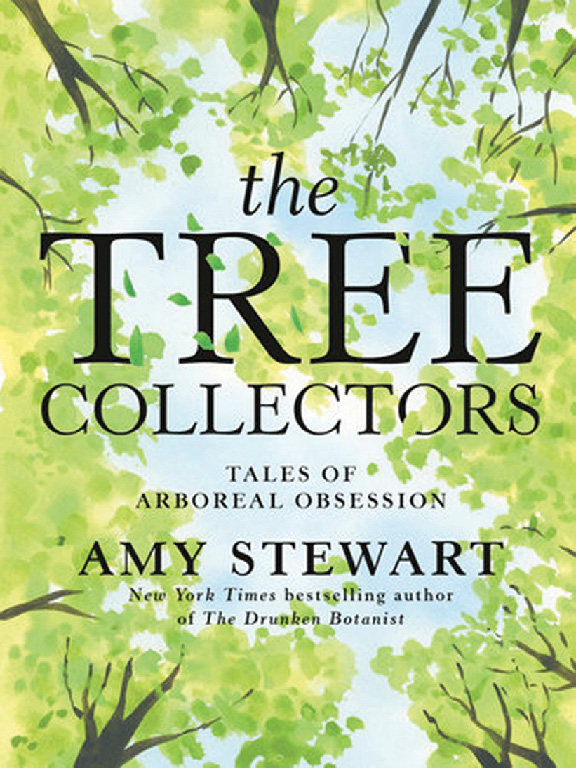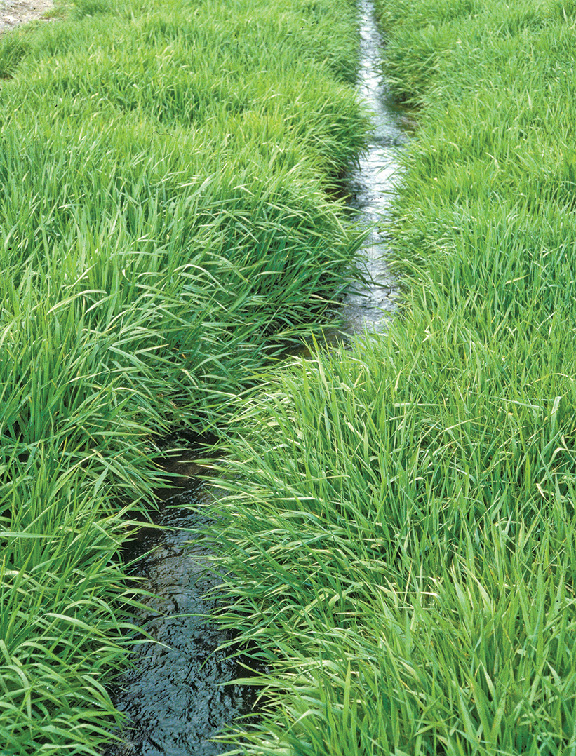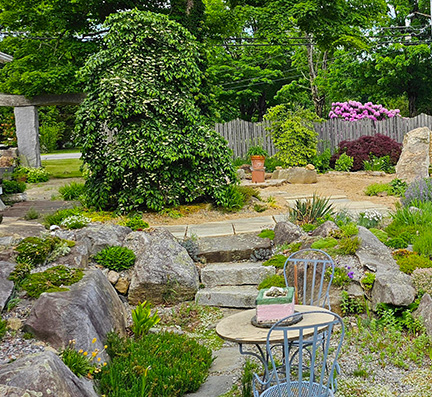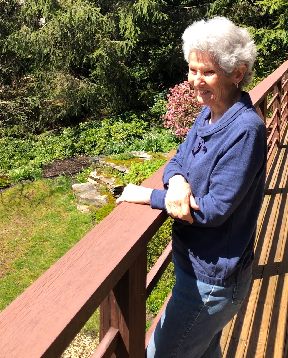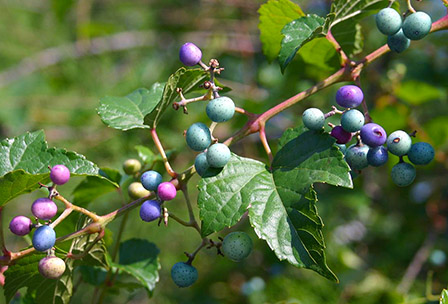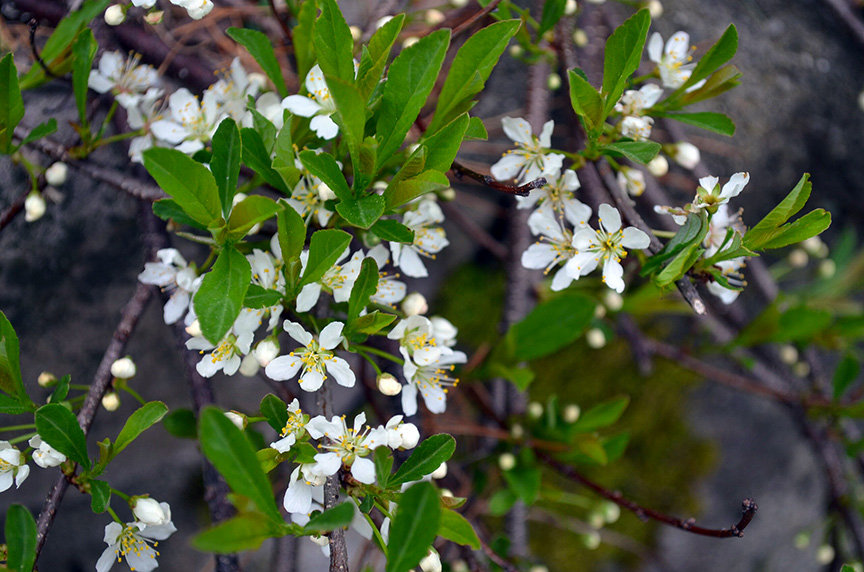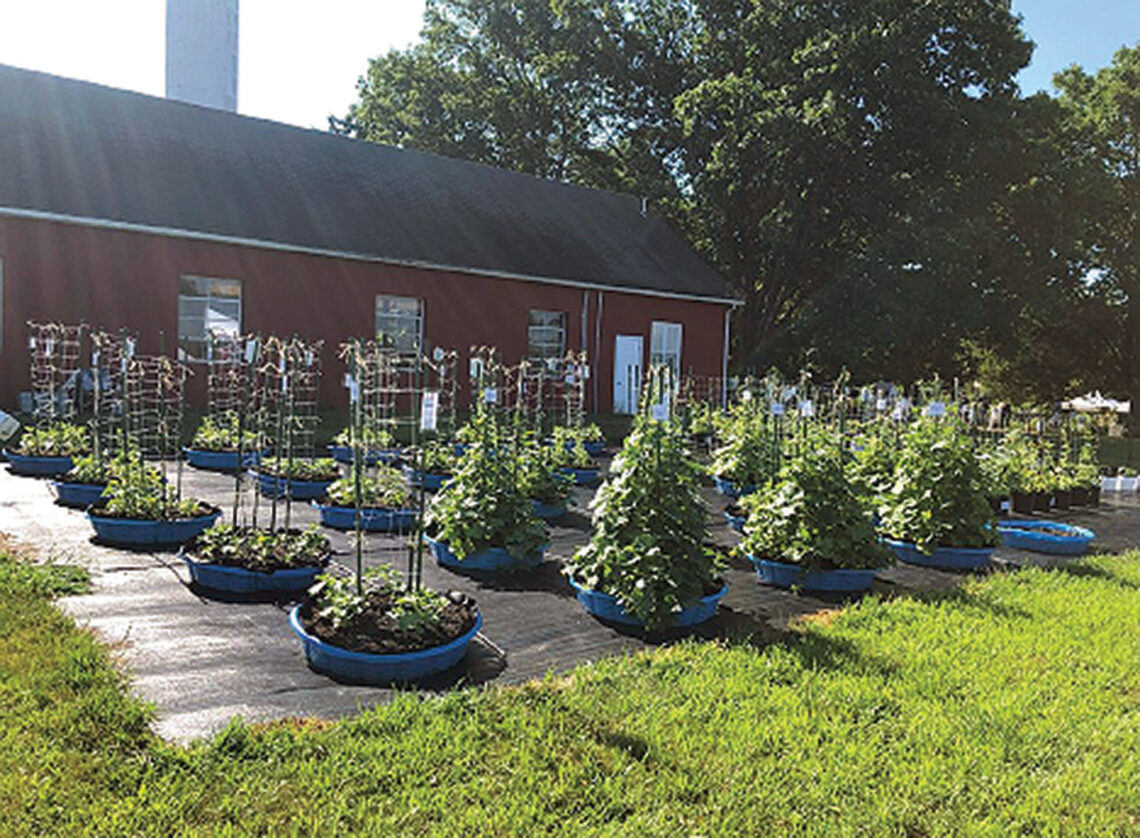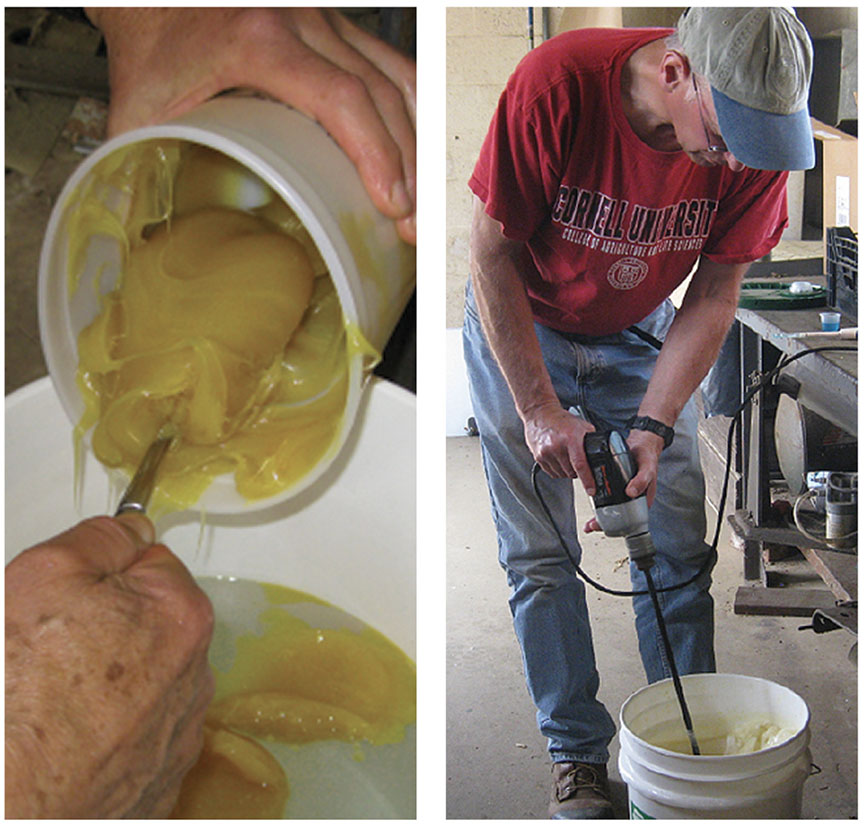European or “Praying” mantis (Mantis religiosa) has been the official state insect of Connecticut since October 1, 1977. The praying mantis is not native to Connecticut, however, as it comes from Northern Africa and Southern Europe. It was introduced in the United States in the 1890s as a way to control pests in the garden and is even kept as a pet. Unfortunately, this mantid also feeds on a large number of beneficial pollinators and other native insects, including caterpillars, moths and butterflies. It can consume prey up to twice its size. I have not been a fan of them since I was a teenager and stumbled across a description…
-
-
The Tree Collectors
A really enjoyable read. I finished it in just a few days. Stewart talks about 50 treecollectors. Each one gets a few pages. The vignettes are divided into 10 basic categories:• Healers• Ecologists• Artists• Curators• Educators• Community Builders• Enthusiasts• Seekers• Preservationists• Visionaries The stories are fascinating. Some of them are quite surprising and run the full gamut of human endeavor. They range from uplifting (using trees around churches in Ethiopia to bring back its forests) to reprehensible (using the U.S. military to destroy Navajo Peach Orchards in Arizona in the 1860s). These people all come to tree collecting from different backgrounds but they all share the same basic passion. For…
-
Invasive Quackgrass
Quackgrass (Elymus repens) was added to Connecticut’s official list of invasive plants on Oct. 1, 2024. It has many common names: Medusa’s head, Devil’s grass, witch grass, quick grass, couch grass, twitch, quitch, scratch grass, quake grass, shelly grass, knotgrass, scutch, pond grass, false wheat and creeping wheat. It’s native to Europe and Western Asia. It is thought to have come here with colonists around 1672 and then spread westward in hay bales. It used to be planted as a forage crop. It’s a long-lived perennial, cool-season running grass with creeping rhizomes. The rhizomes typically grow a foot or two before sending out stems and may grow as deep as…
-
ROCK GARDEN STYLES
By Elisabeth Zander Rock gardening focuses on growing interesting plants from around the world in one’s garden. Yes, they are natives, from worldwide alpine peaks down to bogs, woodlands and deserts. Usually small in stature, the size of the plant depends on the scale of your garden. While it is a new art form in the long history of gardening, it gained popularity here in Connecticut during the last century in the 1940s. I became enchanted by it during the late 1980s, when I lived in Watertown. At that time my house had a north-facing grassy bank that was almost dangerous to mow. The slope was quite steep. Luckily for…
-
Geraldine’s Garden
In the woods of Fairfield, near the Merritt Parkway, Geraldine Klein Robbenhaar has been creating a garden. Geraldine called me out of the blue in May of 2020, as we were adapting to pandemic pandemonium, and her offer of a garden tour was gratefully and immediately accepted. Yes, please! Visiting her three-acre property is not a 10-minute affair, and we lingered for several hours. She was eager to share, and I think sharing my delight at each new perspective and planting was good medicine for us both during such weird times. The gently rolling, heavily wooded landscape of this Fairfield property provides Geraldine with the basic materials to pay tribute…
-
Official List of Invasive Plants Grows
By Will Rowlands We’re happy to report some activity by Connecticut’s Invasive Plant Council. They’re the group that makes recommendations to the Connecticut General Assembly on plants that should be added to the state’s official list of invasives. It’s been a while since we’ve seen any action. And the envelope please! The new additions to Connecticut’s official list of invasive plants are:• Mugwort (Artemisia vulgaris)• Porcelainberry (Ampelopsis brevipedunculata)• Japanese angelica tree (Aralia elata)• Quackgrass (Elymus repens)• Chinese wisteria (Wisteria sinensis)• Japanese wisteria (Wisteria floribunda) The changes are effective Oct. 1, 2024 and allow for a fine of not more than $100 per plant. Callery pear (Pyrus calleryana) will be added…
-
A Native Sprawling Sand Cherry
Sand Cherry (Prunus pumila) is a deciduous shrub native to North America. In the U.S. it can be found on the East Coast from Maine to Pennsylvania. It tends to grow in sandy locations such as beaches and dunes. Prunus pumila var. depressa ‘Gus Mehlquist,’ is a sprawling variety of sand cherry that was an Arnold Selects introduction in 2022. Its name honors University of Connecticut plant breeding and biology professor Gustav Mehlquist (1906-1999). The Arnold Arboretum describes its discovery as follows: “On May 4, 1990, Harvard University research scientist David Boufford and Robert Nicholson, then Arboretum assistant plant propagator, found an extremely low-growing sprawling sand cherry (Prunus pumila var.…
-
Of Cultivars, Nativars & Varieties
By Will Rowlands We’re hearing a lot these days about “native shaming” and even “cultivar shaming.” It’s even become a meme. People are getting grief if they plant anything other than natives. Some are even catching flak if they use anything besides “straight-species,” “true native” or “wild type” plants in their gardens. It’s gotten to the point where growers are wary of using the term cultivar or nativar. Just to be clear, we are proponents of native plants, organic gardening and biodiversity and have been since we took over the magazine in 2010. We are also opposed to the use of invasive or genetically engineered plants. Even so, we find…
-
CAES Research Update
Pollinator Conservation – Monarch, Butterflies & BumblebeesPollinator populations have been declining for the past several decades. One of the causes we, as Connecticut gardeners, have control over is the lack of available nesting, foraging, and overwintering habitat. To support pollinator populations, we need to provide, maintain, and protect habitats to support all the life stages of pollinating insects. For example, monarch butterflies lay eggs on and caterpillars feed exclusively on milkweed, but the butterflies forage on nectar from various flowers that bloom from May to October. Similarly, in the summer bumblebees feed from blooming flowers, but bumblebee queens need to find a safe place to overwinter in the fall and…
-
Effective Fat-based Deer Repellents
By Richard Cowles Overpopulation of white-tailed deer poses a difficult challenge to growing crops, gardens, and ornamental landscape shrubs. When there are too many deer and not enough mast (nuts, such as acorns from oaks, in particular) to sustain deer during the winter, they will browse on almost any plants. During the summer, deer cause major losses as they eat favored plants such as soybean and tomato crops, and in the autumn, they destroy the commercial value of pumpkins and squash through their habit of taking a few bites out of each fruit. Browsing damage to Christmas trees can destroy the aesthetic value of trees and set them back several…
